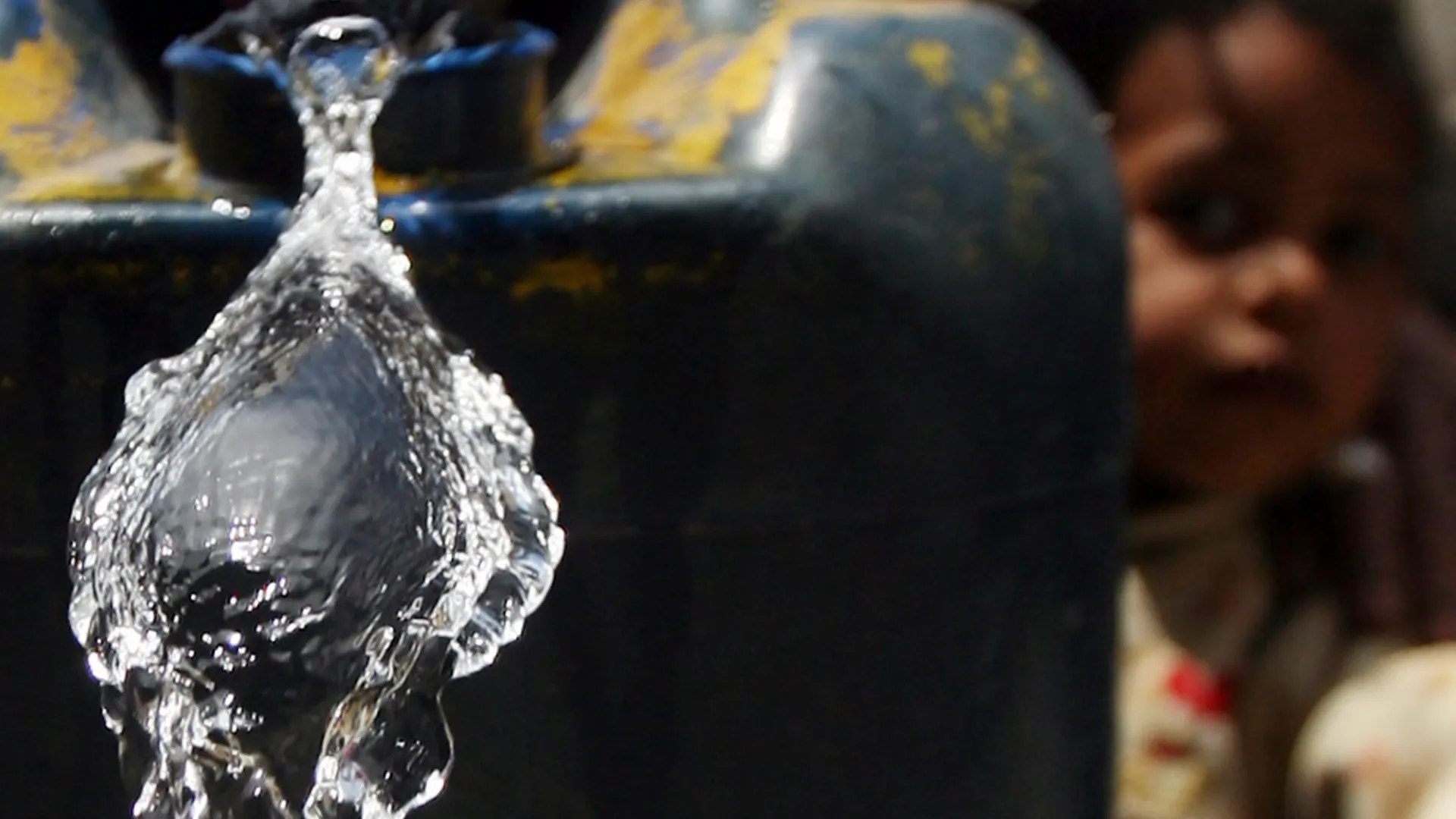Authorities in Tanzania’s bustling commercial hub are ramping up efforts to fix the city’s long-standing water woes.
The Dar es Salaam Regional Commissioner, Albert Chalamila, has announced that eight new water-pumping installations are being set up across the region to increase supply and reduce the shortages that have frustrated residents for years.
Speaking to reporters in Dar es Salaam, Chalamila said the project is part of a wider government strategy to strengthen water infrastructure and ensure a more dependable flow of clean water to homes and businesses. He noted that the initiative also aims to address future demand, given the city’s rapid population growth and expanding suburbs.
Dar es Salaam, one of the fastest-growing cities in Africa, faces mounting pressure on its aging water system. Frequent shortages and inconsistent supply have affected thousands of households, especially in the outskirts of the city where new residential estates are mushrooming. Officials hope the newly installed pump stations will ease this burden by boosting both pressure and coverage.
The regional commissioner explained that beyond just adding new machines, the government is focusing on improving efficiency, reducing leakages, and modernising the monitoring systems that control water flow across districts. “This is not a quick fix,” he said. “It’s a long-term plan to build a more reliable and sustainable system for every resident of Dar es Salaam.”
The upgrades form part of Tanzania’s national goal to achieve universal access to clean and safe water by 2030, in line with the United Nations Sustainable Development Goals. Several treatment plants and reservoirs are also being expanded to match the city’s growing population, which now exceeds seven million people.
Also Read; Cargo Plane Crashes Into Sea Near Hong Kong Airport
Experts have praised the project as a step in the right direction but warn that success will depend on consistent investment and proper maintenance. They point out that while new pumps can increase output, without addressing leakages and old pipelines, water losses could still undermine progress. Similar initiatives in other African cities, such as Nairobi and Lusaka, have shown that modern technology and community involvement are key to lasting solutions.
Residents in several neighborhoods have already begun noticing improvements in water pressure as the first of the eight stations begins operation. Others, still affected by intermittent cuts, are cautiously optimistic that the new installations will bring lasting relief.
For the people of Dar es Salaam, where access to water remains both a necessity and a daily struggle, the government’s promise of change offers a glimmer of hope. If all goes according to plan, the new infrastructure could transform how the city manages one of its most vital resources — and serve as a model for other growing urban centers across the East African region.







